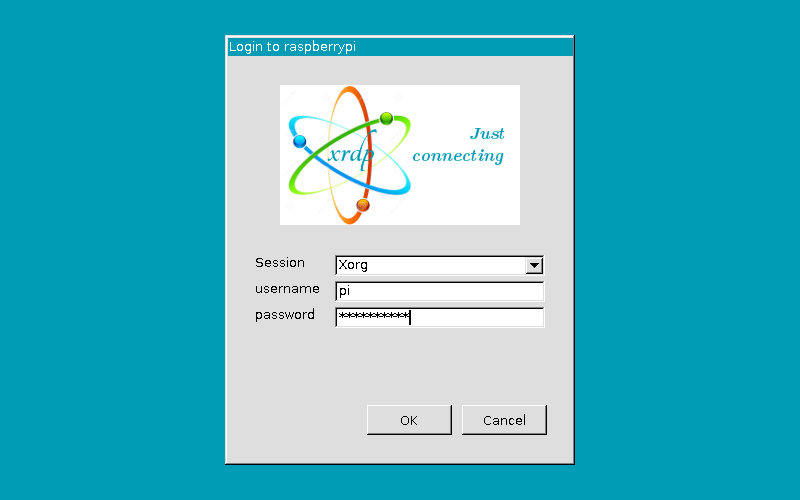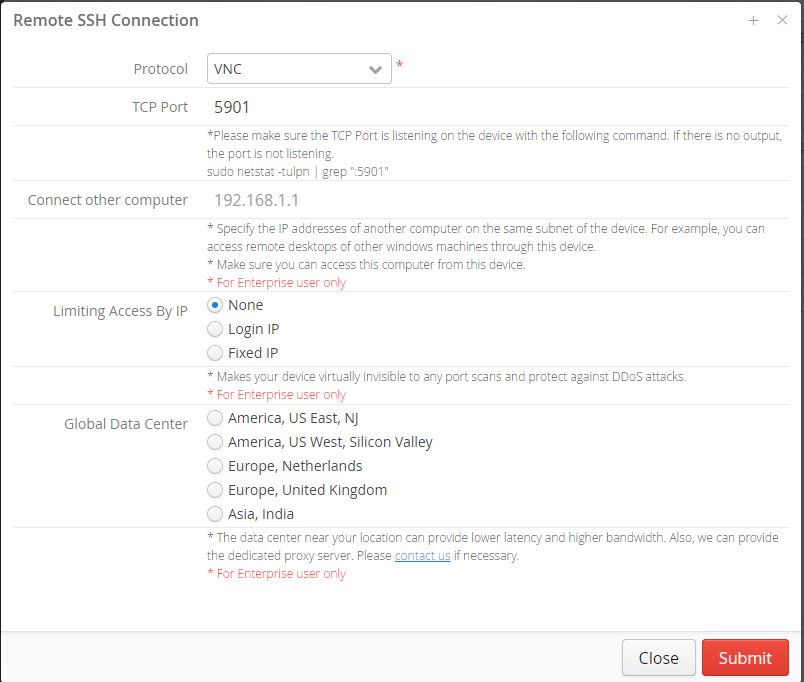RemoteIoT is a groundbreaking technology that allows devices to communicate and interact seamlessly over long distances. In today's rapidly evolving digital landscape, understanding RemoteIoT is essential for businesses and individuals who want to stay ahead of the curve. This technology plays a pivotal role in transforming industries by enabling smart, efficient, and interconnected systems.
As the Internet of Things (IoT) continues to expand, RemoteIoT has emerged as a critical component of modern connectivity solutions. It bridges the gap between traditional IoT systems and the need for remote access, offering unparalleled flexibility and scalability. This article will delve into the intricacies of RemoteIoT, exploring its applications, benefits, and potential challenges.
Whether you're a tech enthusiast, a business owner, or simply someone curious about the future of connectivity, this guide will provide you with a comprehensive understanding of RemoteIoT. By the end of this article, you'll have the knowledge to leverage RemoteIoT for your needs and stay informed about its growing impact on our world.
Read also:Cha Eunwoo The Rising Star Of Kdrama And Kpop
Table of Contents
- Introduction to RemoteIoT
- How RemoteIoT Works
- Applications of RemoteIoT
- Benefits of RemoteIoT
- Challenges in RemoteIoT
- Future of RemoteIoT
- Security in RemoteIoT
- RemoteIoT and Industry 4.0
- RemoteIoT Technologies
- Conclusion
Introduction to RemoteIoT
RemoteIoT refers to the extension of IoT capabilities to enable devices to operate and communicate effectively across vast distances. This technology integrates sensors, communication protocols, and cloud computing to create a network of interconnected devices that can function remotely. The rise of RemoteIoT has been fueled by advancements in wireless communication, data analytics, and artificial intelligence.
At its core, RemoteIoT aims to enhance operational efficiency and reduce costs by allowing real-time monitoring and control of devices from anywhere in the world. Industries such as agriculture, healthcare, and manufacturing have already begun adopting RemoteIoT solutions to improve their processes and deliver better outcomes.
In addition to its practical applications, RemoteIoT also addresses the growing demand for sustainable and eco-friendly technologies. By optimizing resource usage and minimizing waste, RemoteIoT contributes to a more sustainable future.
How RemoteIoT Works
Components of RemoteIoT
To understand how RemoteIoT works, it's essential to examine its key components. These include:
- Sensors: Devices that collect data from the environment, such as temperature, humidity, and motion.
- Gateways: Devices that act as intermediaries between sensors and the cloud, facilitating data transmission.
- Cloud Platforms: Centralized systems where data is processed, stored, and analyzed.
- User Interfaces: Applications or dashboards that allow users to interact with RemoteIoT systems.
Data Flow in RemoteIoT
The data flow in RemoteIoT typically follows these steps:
- Data collection: Sensors gather information from their surroundings.
- Data transmission: Gateways send the collected data to cloud platforms.
- Data processing: Cloud platforms analyze the data and generate insights.
- Data presentation: Insights are displayed on user interfaces for decision-making.
Applications of RemoteIoT
Agriculture
In agriculture, RemoteIoT enables farmers to monitor soil moisture, weather conditions, and crop health remotely. This allows for more efficient water usage, better pest management, and increased crop yields. According to a report by McKinsey, the adoption of IoT in agriculture could generate up to $50 billion in economic value by 2025.
Read also:Rodney Ramone Hill Iii The Rising Star In The Entertainment World
Healthcare
RemoteIoT has revolutionized healthcare by enabling remote patient monitoring and telemedicine. Devices such as wearable health trackers and smart medical equipment can transmit vital signs to healthcare providers in real-time, improving patient outcomes and reducing hospital stays.
Manufacturing
In manufacturing, RemoteIoT facilitates predictive maintenance, supply chain optimization, and quality control. By monitoring equipment performance and production processes remotely, manufacturers can reduce downtime and improve efficiency. A study by Deloitte found that companies implementing IoT solutions in manufacturing experienced a 25% increase in productivity.
Benefits of RemoteIoT
The benefits of RemoteIoT are numerous and far-reaching. Some of the key advantages include:
- Increased Efficiency: RemoteIoT allows for real-time monitoring and control, streamlining operations and reducing costs.
- Improved Decision-Making: Access to accurate and timely data enables better decision-making and strategic planning.
- Enhanced Sustainability: By optimizing resource usage, RemoteIoT contributes to a more sustainable and eco-friendly future.
- Scalability: RemoteIoT systems can easily scale to accommodate growing demands and expanding networks.
Challenges in RemoteIoT
Connectivity Issues
One of the primary challenges in RemoteIoT is ensuring reliable connectivity. Devices operating in remote locations may face issues such as weak signal strength, limited bandwidth, and network outages. To address these challenges, robust communication protocols and backup systems are essential.
Data Security
As RemoteIoT systems handle sensitive data, ensuring data security is paramount. Cyberattacks, data breaches, and unauthorized access pose significant risks to RemoteIoT networks. Implementing encryption, authentication, and other security measures is crucial to protecting data integrity.
Interoperability
Another challenge is achieving interoperability between different devices and systems. Standardization and compatibility are necessary to ensure seamless communication and collaboration within RemoteIoT networks.
Future of RemoteIoT
The future of RemoteIoT looks promising, with continued advancements in technology driving innovation and expansion. Emerging trends such as 5G networks, edge computing, and artificial intelligence are expected to enhance RemoteIoT capabilities and unlock new possibilities.
As more industries embrace RemoteIoT, we can expect to see increased adoption of smart cities, autonomous vehicles, and advanced robotics. These developments will transform the way we live and work, creating a more connected and intelligent world.
Security in RemoteIoT
Encryption and Authentication
Encryption and authentication are critical components of RemoteIoT security. By encrypting data during transmission and requiring authentication for access, RemoteIoT systems can protect sensitive information from unauthorized access and cyber threats.
Regular Updates and Maintenance
Regular updates and maintenance are also essential for maintaining the security of RemoteIoT systems. Patching vulnerabilities and addressing security flaws promptly can help prevent potential breaches and ensure the system's resilience.
RemoteIoT and Industry 4.0
RemoteIoT plays a vital role in the fourth industrial revolution, or Industry 4.0. This transformation is characterized by the integration of digital, physical, and biological systems, enabling unprecedented levels of automation and connectivity. RemoteIoT contributes to Industry 4.0 by providing the infrastructure and capabilities needed to create smart factories, intelligent supply chains, and innovative products.
RemoteIoT Technologies
Wireless Communication Protocols
Wireless communication protocols such as Wi-Fi, Bluetooth, and LoRa are essential for enabling RemoteIoT devices to communicate effectively. These protocols offer varying levels of range, bandwidth, and power consumption, making them suitable for different applications and environments.
Cloud Computing
Cloud computing provides the infrastructure and resources necessary for RemoteIoT systems to store, process, and analyze large amounts of data. Platforms such as Amazon Web Services (AWS), Microsoft Azure, and Google Cloud offer scalable and secure solutions for RemoteIoT deployments.
Conclusion
In conclusion, RemoteIoT is a transformative technology that is reshaping the way we interact with devices and systems. By enabling seamless communication and control over long distances, RemoteIoT offers numerous benefits and applications across various industries. However, challenges such as connectivity issues, data security, and interoperability must be addressed to fully realize its potential.
We invite you to explore the possibilities of RemoteIoT and consider how it can benefit your business or personal projects. Feel free to share your thoughts and experiences in the comments below, and don't forget to check out our other articles for more insights into the world of technology.

